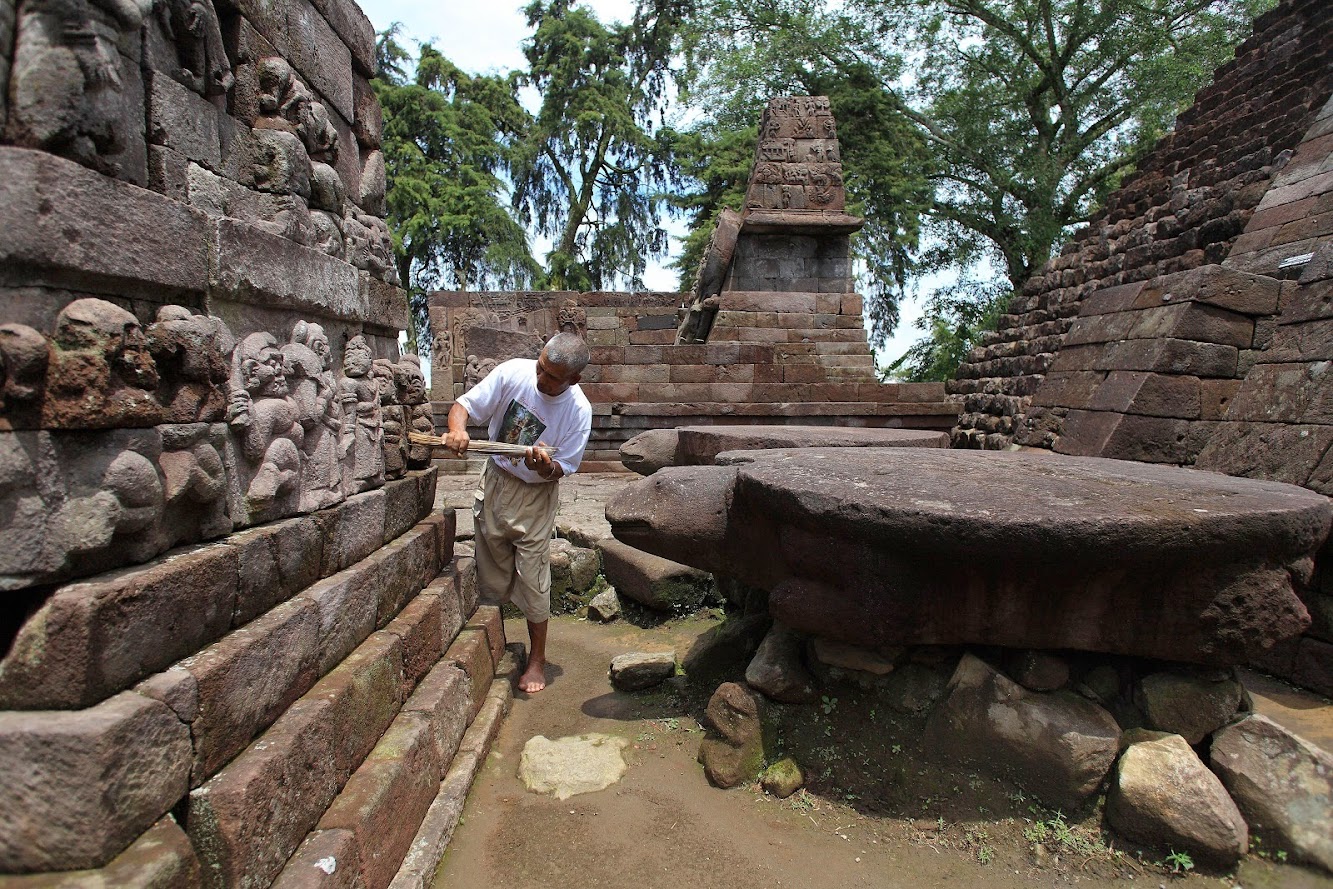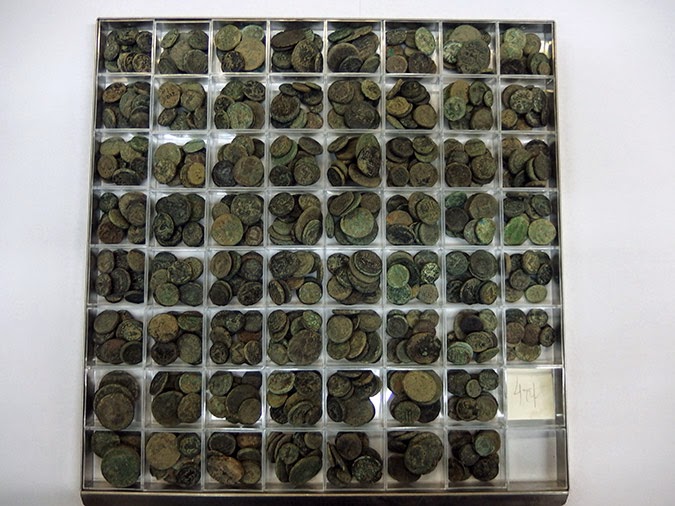Merry Wanderer of the Night:
Historical Heritage
Iraq: ISIS threatens to blow up historical walls of Nineveh

Theseus Ring goes on display for the first time
Java: Collapsing pyramid at the Hindu Temple of Sukuh in Java to be restored by 2016

Near East: Greek Byzantine monastery restoration nears end

Libya: Years of conflict threaten archaeology in Libya

North America: Artifacts at risk as Black Warrior River erodes soil at Moundville

Southern Europe: Europol seizes hundreds of smuggled Egyptian artefacts

Iraq: ISIS destroys large parts of Nineveh historical wall

Heritage: 2,607 ancient Greek coins repatriated from Germany

Heritage: Group to sue over 'botched' Tutankhamun mask repair

More Stuff: Delos museum construction plans approved
Heritage: Tutankhamun’s burial mask "irreversibly damaged"

North America: Sacred Native American site vandalized

Italy: Italy unveils record haul of looted antiquities

Heritage: Graeco-Roman necropolis uncovered in Alexandria

Heritage: 35,000-year-old skeleton to return to Egypt

Near East: Head of Greek god Hermes seized in Turkey

Near East: Ancient Greek city put up for sale in Turkey

Heritage: Egypt moves to protect Islamic heritage sites

East Asia: Qing Dynasty throne fetches $5.15 mln at auction


